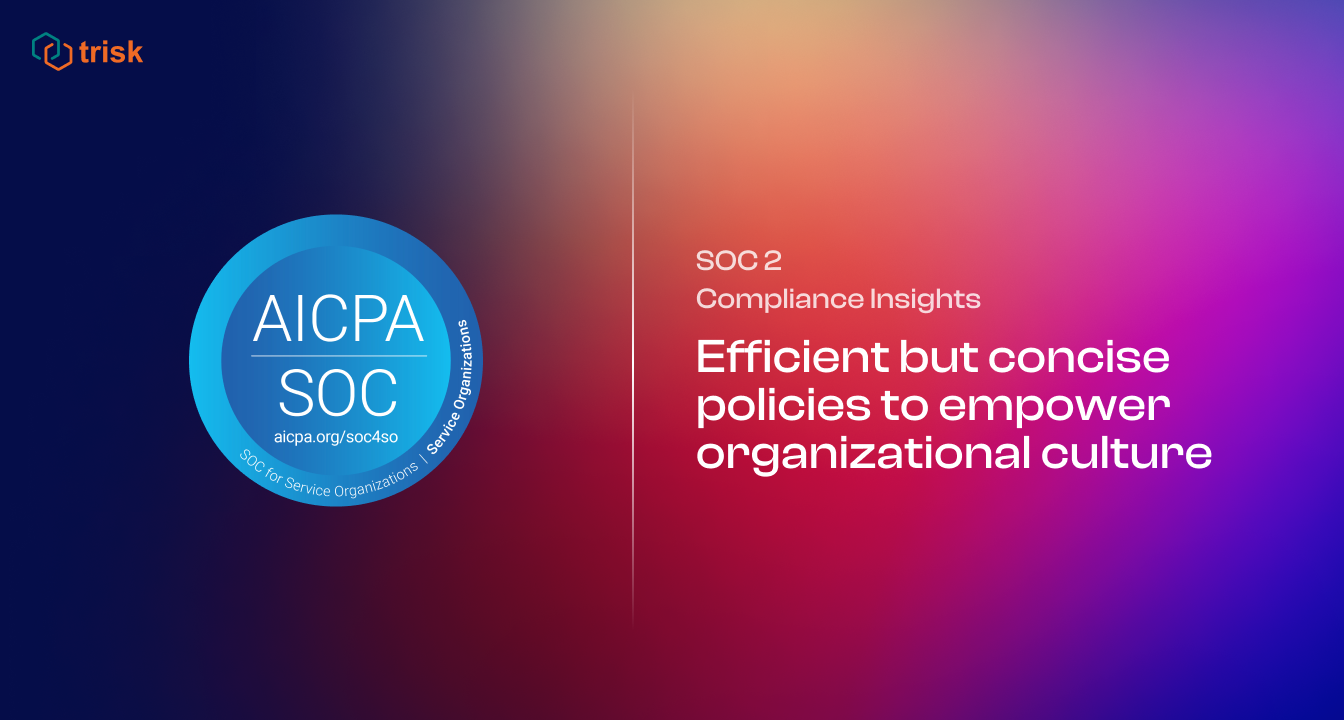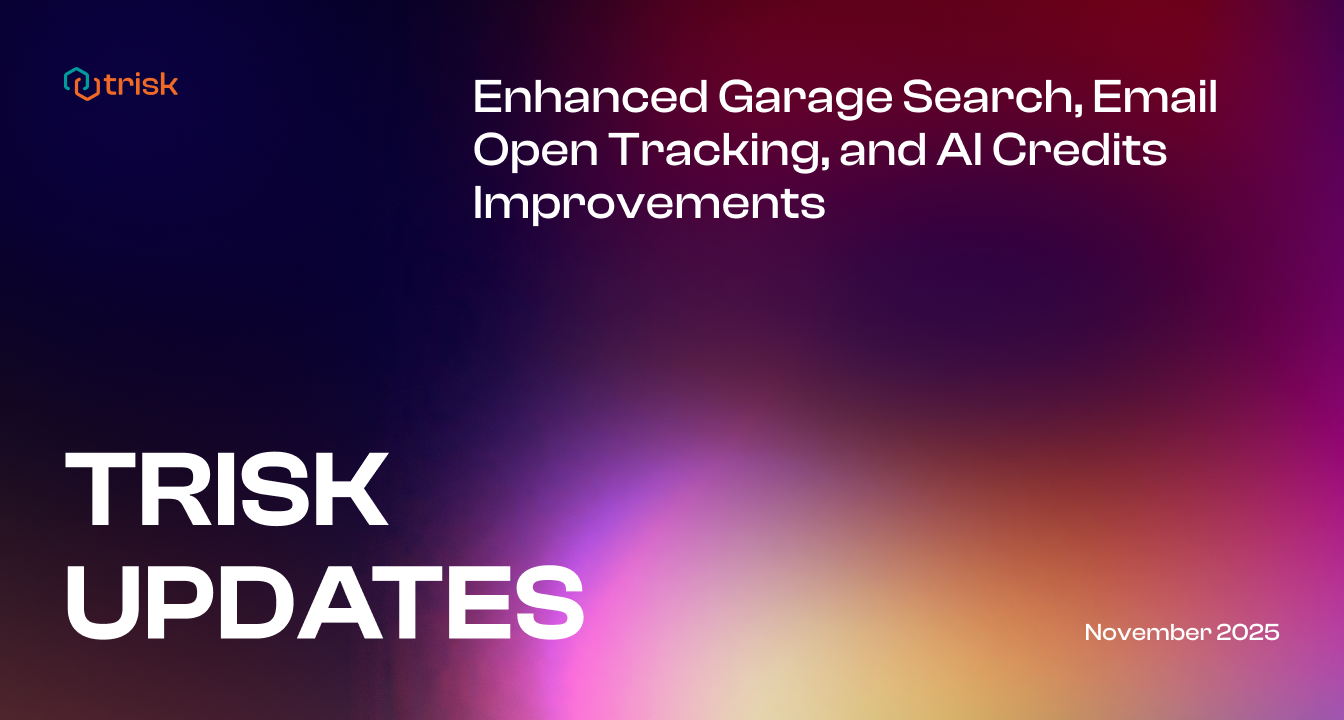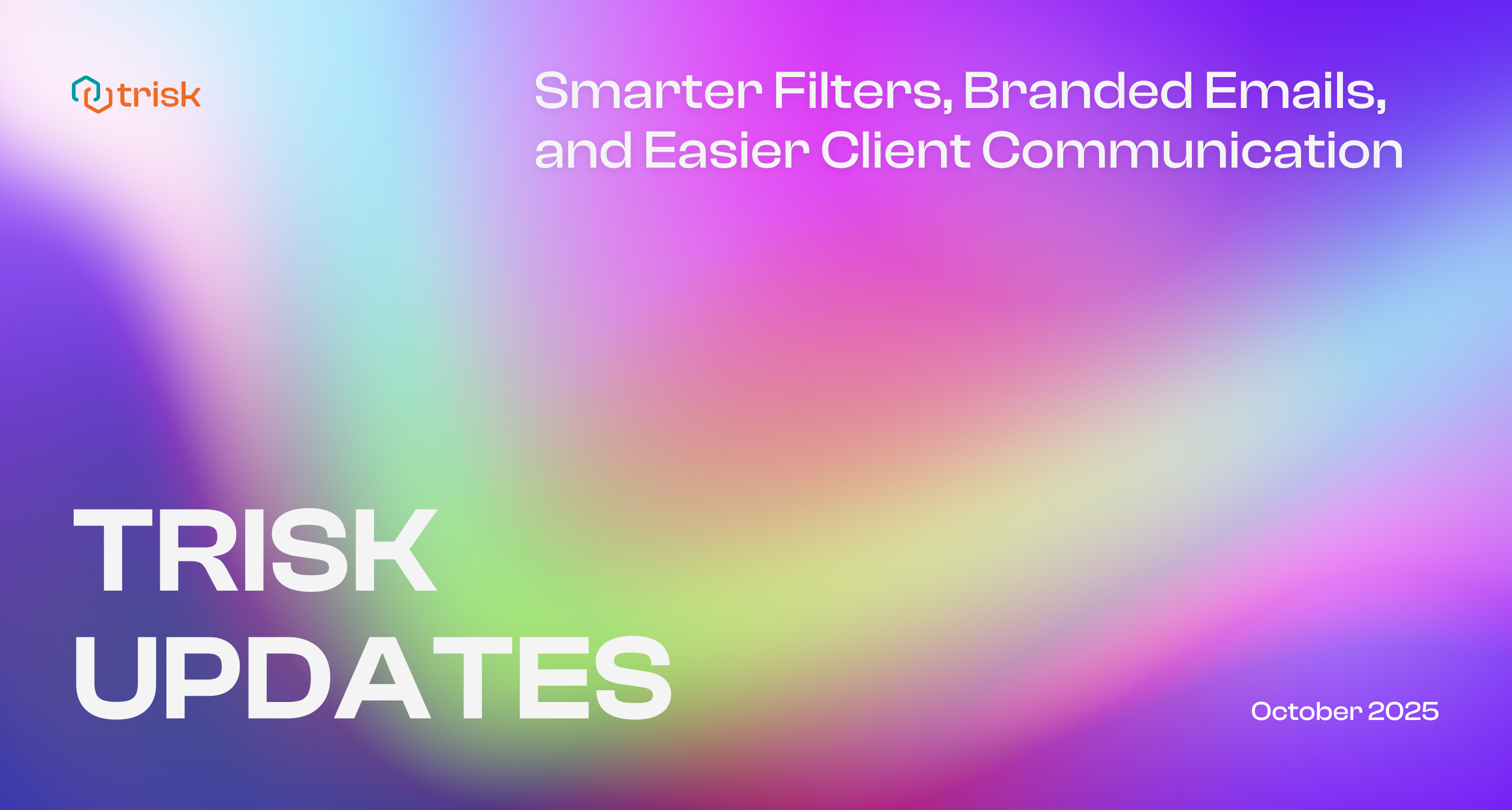In the small world of Trisk, where ten of us, including the leadership team, come together, our journey towards SOC2 compliance was a path less about ticking boxes and more about weaving a story of trust and responsibility. It’s a story that began with the foundational support provided by Vanta’s policy templates, a crucial ally in our quest to build a compliance framework that was both robust and resonant with our team’s spirit.
When we first looked at SOC2 compliance, the challenge seemed daunting
When we first looked at SOC2 compliance, the challenge seemed daunting, especially given our global distribution and the fast-paced nature of our work. If you’re leading, founding, or participating in a resource-constrained startup— you’re at the right place, my friend. I’ve experienced a shared level of fear about the overwhelming nature of the SOC2 framework and especially the challenges associated with the lack of policies in place, getting them ready, meaningful, and easy to understand and follow regardless of the seniority level in the organization.
Don’t be fooled by the narrative that templates provided by vendors/free sources can act as a silver bullet
Don’t be fooled by the narrative that templates provided by vendors/free sources can act as a silver bullet and remove the necessity of tailoring them to the real operations in the organization. Trisk’s philosophy entails a simple vision you can relate to: we get you through 80% of the readiness in the project, allowing you to focus on the last 20%, the part that really-really matters. If that works in our product, why wouldn’t we lurk for the same experience with the vendors we partner with? We stepped back and asked ourselves: if we are concerned by the time to be spent on the policy’s creation, which we don’t have the budget for, and the framework exists for years, there should be a solution to get us up to speed rapidly.
Vanta — Rigorous. Efficient. Simple.
Vanta’s policy templates were like finding a compass in uncharted territory. They didn’t just give us the policies; they gave us a language to communicate the complex world of compliance in simpler, more relatable terms. This was crucial for us, a small team, where every member’s understanding and involvement were key. Training sessions, which could easily have turned into tedious lectures, transformed into engaging and meaningful discussions. The clarity that Vanta’s resources brought to these sessions was a game-changer. It wasn’t just about what compliance is—it was about why it matters to each of us personally and to our customers. This shared understanding became a powerful bond, uniting us despite the miles between us. The rigor of Vanta’s templates guided us, but it was the flexibility and adaptability of these tools that truly empowered us.
Let’s review the very key policies that were essential from the start—the blueprints for building a culture of compliance and trust.
Information Security Policy: This is the cornerstone of SOC2 compliance. It outlines how you protect the confidentiality, integrity, and availability of data. For us, it meant ensuring that every team member, regardless of location or role, understood how to handle and secure sensitive information.
Access Control Policy: Central to safeguarding sensitive data, this policy dictates who has access to what within the organization. It’s about ensuring the right people have the right access at the right times, reducing the risk of unauthorized access or data breaches.
Incident Response Plan: This is the playbook for the ‘what ifs.’ It details the steps to take in case of a security incident. Having this plan means you’re prepared to respond swiftly and effectively, minimizing potential harm.
Risk Management Policy: This policy guides you in identifying, assessing, and mitigating risks that could impact the business and compliance status. It’s about being proactive rather than reactive, a crucial stance for any startup.
Vendor Management Policy: As a startup working with various third parties, this policy helps you manage the risks associated with external vendors. It’s about ensuring our partners uphold the same standards of security and compliance as we do.
Change Management Policy: In the fast-paced environment, this policy is key. It governs how changes to the systems and processes are managed, ensuring they’re done securely and without disrupting a compliance status.
Data Backup and Recovery Policy: This policy is your safety net, ensuring that critical data is backed up and can be recovered in case of loss or corruption. It’s about resilience and continuity, no matter what happens.
The list is not complete, and I’m happy to review the rest of the framework, but the policies listed above are a solid starting point, a language to articulate these complex concepts simply and clearly. The rest of the framework comes with ease. Tailoring them to our unique operations and culture was the final stretch, the 20% that brought everything into alignment with who we are and what we value.
Integrating these practices into our day-to-day life was less of an addition and more of an evolution of our existing work culture. We found that they aligned naturally with our existing processes. Compliance was no longer a daunting task but a part of our organizational DNA. It was less about following rules and more about embodying principles that resonated with our team and our mission.
As we continue to navigate the intricacies of SOC2 compliance, we’ve learned that it’s an ongoing conversation, one that evolves as we do.
But this is just one chapter of our story. To dive deeper into our experiences and learnings, I encourage you to revisit my previous articles: “Embarking on the SOC 2 Compliance Journey: Insights from Trisk’s Experience” and “How to Pick the Right Partner in Crime.” These pieces offer a broader perspective on the journey, the challenges we faced, and the victories we celebrated.
Stay tuned for more stories from our compliance adventure. We’ll be delving into other aspects of our journey, sharing practical advice and real-world experiences to help you navigate your own path to SOC2 compliance. Our goal is to demystify the process, make it relatable, and show that even in a resource-constrained startup, compliance can be a part of your success story.
Thank you for joining us on this journey. I’m excited to share the next chapter with you soon.
What comes next? In the following articles, I will cover:
— Don’t reinvent the wheel: Risk assessment and incident response plan
— Learn from our mistakes: Infrastructure readiness starting from day one
Make sure to catch up on the prior articles:
— Embarking on the SOC 2 Compliance Journey: Insights from Trisk’s Experience
— How to pick the right partner in crime: Drata, Vanta, Secureframe, Hyperproof, and others


